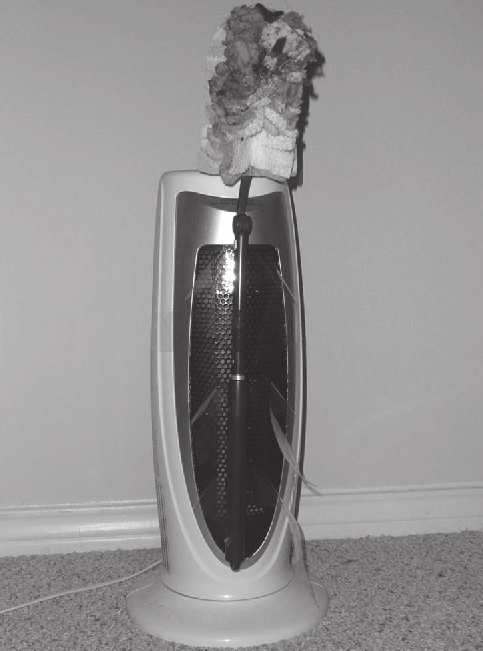Resistance is futile.
We joined Facebook. Look for us under ‘airscape whole house fans’.
The Kohilo Whole House Fan is designed to be more financially available (yes, that is a genteel word for cheaper) than our flagship units. How did we do this ? We replaced the motorized damper unit and electronics board with a backdraft damper.
A backdraft damper is pushed open with airflow and falls back (by gravity) when the fan is off. This provides a basic seal (nothing like our motorized dampers), but has no insulation. In severe climates the Kohilo grille will have to be manually insulated at the end of the season. We do provide an upgrade path for customers so that they can upgrade to the full AirScape functionality and convenience.
Even though railroads are much more energy efficient and deliver lower transportation costs without federal subsidies, why are trucks the preferred mode of transportation?
I think that the answer lies in the fact that the highway truck combination is effectively open source. The term open source is commonly used in the software world, but it applies here as well.
The platform is a highway, which just about anybody can use, provided they obey rules for weight, size, and safety of their modules (trucks in this case). This gives a tremendous amount of freedom to truckers and shippers to control their own destiny. Ask anybody who has used the railroads for shipping and you will see that a rigid central planning department controls how and when your freight arrives.
How about this for an idea. Let’s make the railroads into a regulated monopoly. (It works for electricity, water, and gas BTW). The railroad makes its income by maintaining the infrastructure.
We have always been a bit miffed that whole house fans are not eligible for an Energy Star rating. It was always our impression that the feds were too busy to find the time to recognize and certify one of the best energy saving technologies around. (That’s a Whole House Fan, BTW) So it came as a pleasant surprise, to see that one arm of our government (the GAO Government Accountability Office) was doing its job.
The folks at the GAO submitted several bogus products to test just how carefully the EPA (administrators of the Energy Star Certifcation) examined products and claims. Now, this is where it would be funny if it wasn’t true. Here is one product they submitted:


What are the lessons to be learned:
Hats off to the GAO people ! Not so much for the EPA.
See the whole report at: http://www.gao.gov/new.items/d10470.pdf
We get a lot of questions about the ‘R value’ of our damper doors, so we felt that it’s worth going over the basics.
The so called ‘R value’ is denominated in the units of (square-feet x degree x hour/ BTU). Sounds complicated, but all you really need to know is:
Heat Flow Q (in BTU per hour) = Area x (temperature differential) / R-value
[For you techies, this formula is valid for steady state, and assumes an infinite plane area.]
Let’s do the math for our whole house fan dampers. We’ll assume VERY cold conditions in the attic (0° F) and 70° F inside.
| Model | length | width | Area (sq. feet) | R value | Q (BTUH) |
| 1.0WHF | 22.5 | 14.5 | 2.27 | 14 | 11.33 |
| 1.7WHF | 22.5 | 14.5 | 2.27 | 7 | 22.66 |
| 2.5, 2.5eWHF | 22.5 | 14.5 | 2.27 | 10 | 15.86 |
| 4.5WHF | 26.5 | 22.5 | 4.14 | 10 | 28.98 |
Bottom line: There is not much heat loss through a well insulated whole house fan damper door. The question that you SHOULD be asking is: “How well sealed is the whole house fan damper door?”
Most residential windows will have R values of 1 to 3. Another question that we get all the time is : “What is a BTU ?”
BTU stands for British Thermal Unit.
1 BTU is approximately the energy released by burning 1 paper match.
100,000 BTU’s make up one therm – that’s how you purchase natural gas, and right now that costs about $1.50
A gallon of gas has about 114,000 BTU.